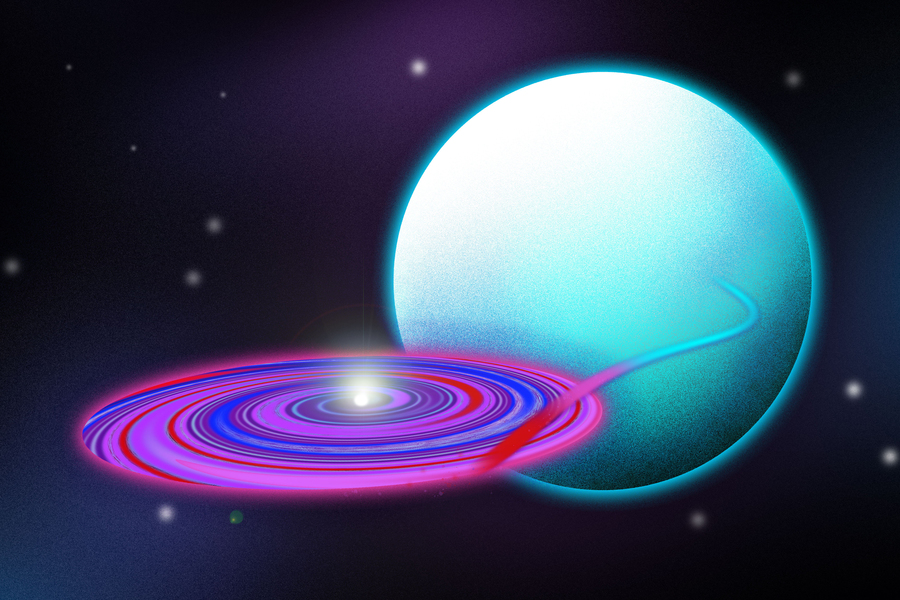
Credits:Credit: Jose-Luis Olivares, MIT. Based on an image of Hercules X-1 by D. Klochkov, European Space Agency
The 2D map of this ‘disk wind’ may reveal clues to galaxy formation.
Astronomers have mapped the ‘disk winds’ associated with the accretion disk around Hercules X-1, a system in which a neutron star is drawing material away from a sun-like star. The findings may offer clues to how supermassive black holes shape entire galaxies.
An accretion disk is a colossal whirlpool o...
Read More







Recent Comments